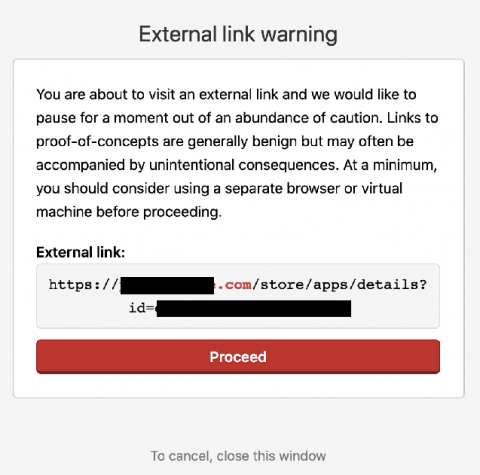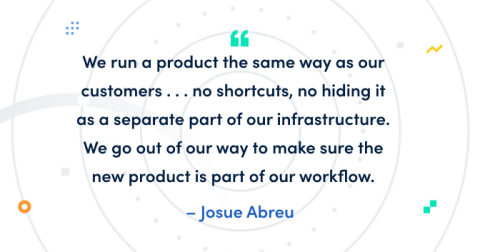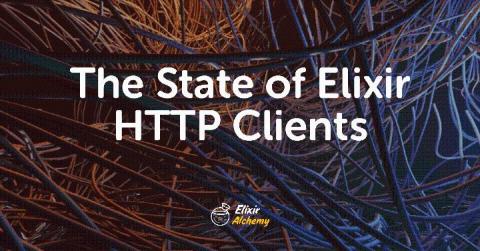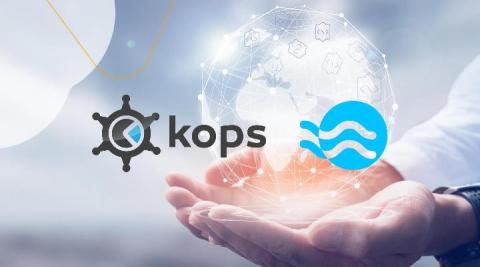Extend Your Splunk App with Custom REST Endpoints
As you build more complicated Splunk apps, you might wonder, “What is the best way to make the features in my app more usable?” If you’re adding new SPL commands or creating ways to input new data sources, the answer is straightforward. But imagine you’re trying to address one of the following scenarios: For cases like these, consider extending the Splunk REST API with custom endpoints.











